Lesson #1 - Forward Arpeggios
Now that you have a good sense of the basic hand position, we’re going to start to look at the forward arpeggio technique. Before we jump in though, here are a few things to remember about this technique.
Keep Your Fingers on the Strings
You should never have a point where your right hand is completely removed form the guitar. Your fingers should always remain in contact with the strings. This means that you will have to replace your thumb at the same time your ring finger plays the top note of the arpeggio, and you will have to place your three fingers down at the same time your thumb plays the bass string.
Hands Off the Top
This doesn’t mean that you should rest your pinky or your wrist on the body or bridge of the guitar, however. This can lead to finger fatigue and tendon problems in the future and make it very hard to play. Again, your hand should be a natural extension of your forearm and not be attached anywhere to the guitar.
The examples in the 1st video of the series are based around an open position C major chord. As you can see in the videos, I’m playing the 5th string with my thumb followed by the top three strings and then alternating the bass note to the 4th string. Notice how my fingers never leave the guitar and are planted on their strings before they’re played. This ensures my right hand stays ahead of the music and can anticipate and properly project each note of the arpeggio.
Hope this helps with the right hand forward arpeggio technique! In the next lesson we’ll look at reverse arpeggios.
